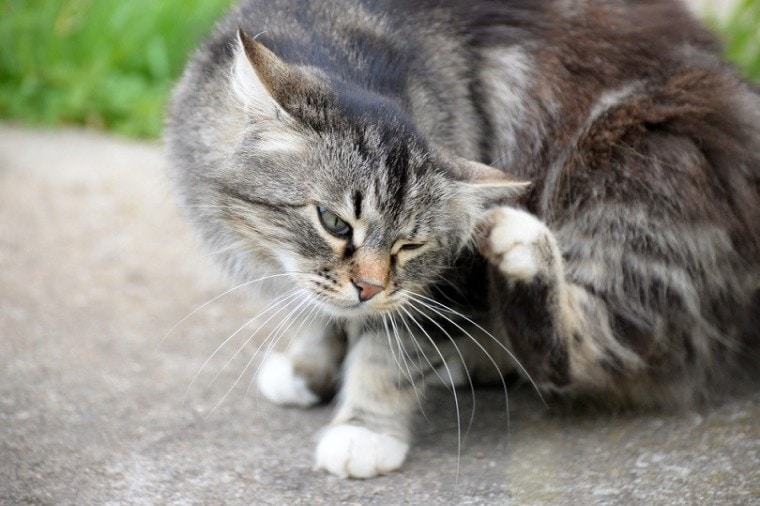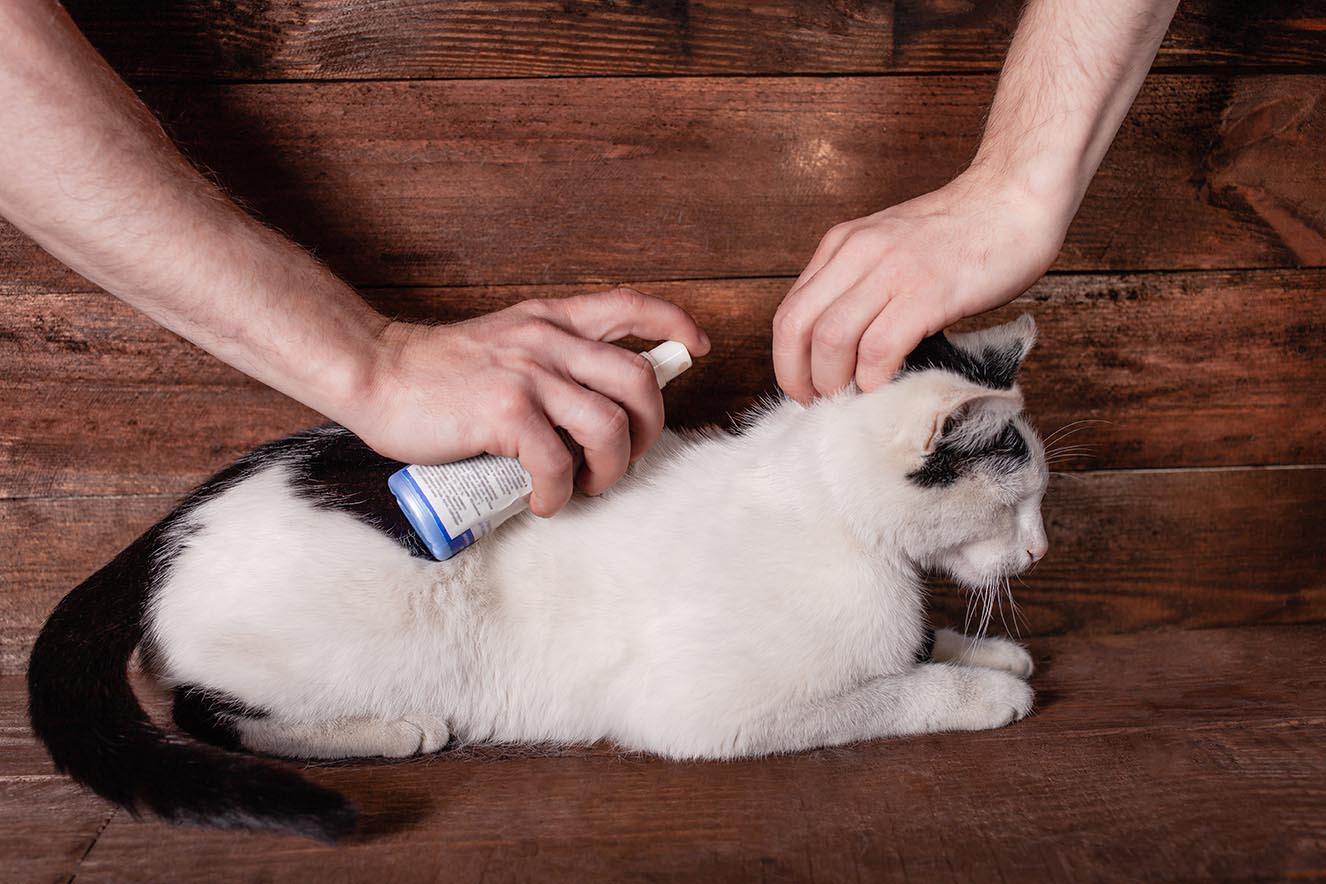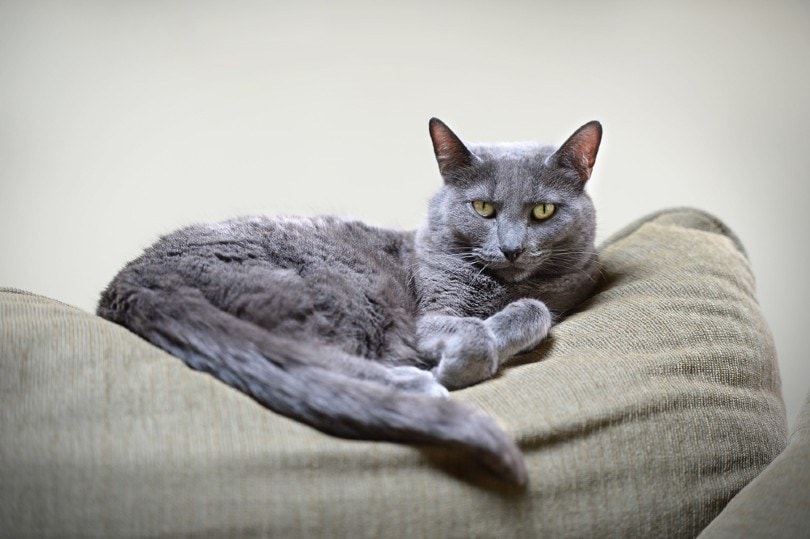
We might love our cats, but no one loves having to deal with a flea infestation! Besides being irritating for you and your cat, fleas can trigger allergies and skin irritation. They can also transmit bacteria and tapeworms. The best way to keep you or your cat from suffering is to actively protect your home from fleas.
We rounded up the top six ways to keep your cat flea free and feeling happy. It’s worth taking the time to implement at least a few of these tips — the more you use, the fewer fleas you’ll find!
The 6 Ways to Prevent Fleas on Cats
1. Use flea prevention for cats regularly
The most effective way to keep your cat free of fleas is to use flea treatments. These come in a variety of formats, including:
You may need to experiment to find out which type and format suit your cat best. You can get natural or synthetic flea treatments, depending on your preference. Natural flea treatments tend to use essential oils like rosemary, citronella, and peppermint. They can be relatively effective if used regularly, but they won’t work as well as synthetic treatments.
Synthetic flea treatments, like spot-on treatments, contain active ingredients like permethrin, imidacloprid, fipronil, and methoprene. These are strong chemicals and need to be used with care, but they are incredibly effective. They usually kill fleas on contact and the eggs and larvae as well. Some require a prescription, while others can be bought online or in pet stores.

2. Keep your cat indoors
Most of the fleas that your cat picks up will come from outdoors. One of the most effective ways of keeping your cat flea-free (other than using regular flea treatments) is to keep your cat indoors. While indoor cats can still get fleas from visitors or sitting in an outdoor cat enclosure, they’re at a much lower risk than cats allowed to roam outside freely.
3. Vacuum your house once a week
Anywhere your cat goes, there’s a potential for fleas, eggs, and larvae to drop off. Even if you’ve removed all the fleas from your cat, if you don’t take steps to remove them from your house as well, the cycle will never end!
Without a host (you or your cat), adult fleas can survive for up to 3 months. During that time, they’ll simply wait for something to walk past, and when it does, they’ll hop on! Flea eggs hatch into larvae after around 10 days. The larvae can lie dormant for up to 9 months. This means if you move into a house that had a flea infestation, it likely still has flea larvae waiting to hatch. The larvae are stimulated to mature into adult fleas by vibrations and warmth.
Vacuuming your house at least once a week will help remove flea eggs and larvae. Make sure to vacuum soft furnishings and carpets. It’s also a good idea to empty the bag or canister straight into the trash.

- Related Read: My Cat Has Fleas – How Do I Clean My House?
4. Steam-clean soft furnishings and carpets
Steam-cleaning is a great way of killing fleas, eggs, and larvae on the soft furnishings and carpets around your house. You may want to vacuum afterward to remove any dead fleas, eggs, and larvae that were killed by the heat of the steam.
5. Clean your cat’s bed regularly
Even if you’ve treated your cat with flea medication, there may be flea eggs and larvae in their bed. As these hatch and mature into adult fleas, they will jump onto your cat (and you!), and the cycle of flea infestation will begin again.
Put your cat’s bedding through a hot wash, and tumble dry at least once a month. More often is recommended if you’re currently trying to get rid of a flea infestation. The heat from the wash and tumble dry will kill any fleas, flea eggs, and larvae on the bedding.
Check the manufacturer’s instructions first, as some cat beds, including self-heating beds, can’t be washed on a hot cycle.

6. Keep your backyard neat and tidy
If they end up outdoors, fleas will breed in shady and damp areas that aren’t in direct sun. By making sure any areas close to your house are well-tended, you can keep the potential number of fleas in your backyard to a minimum.
You may also want to know:
Featured Image Credit: Maja Marjanovic, Shutterstock





